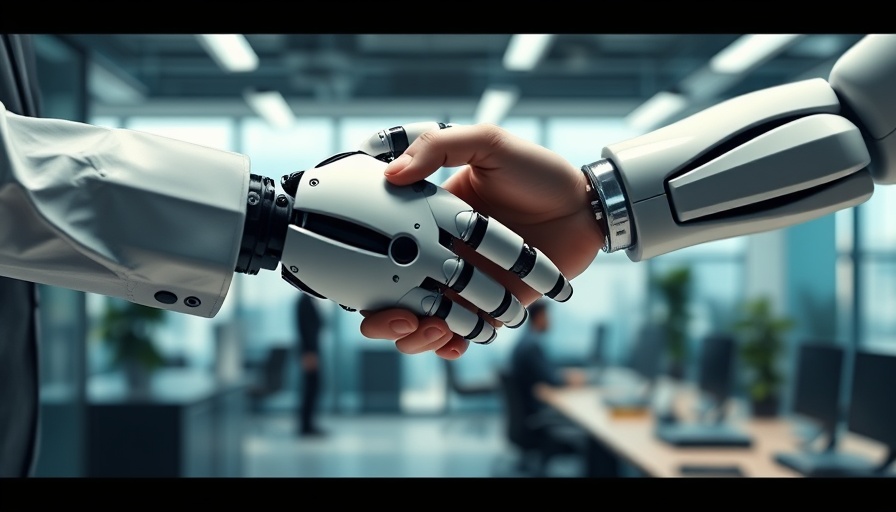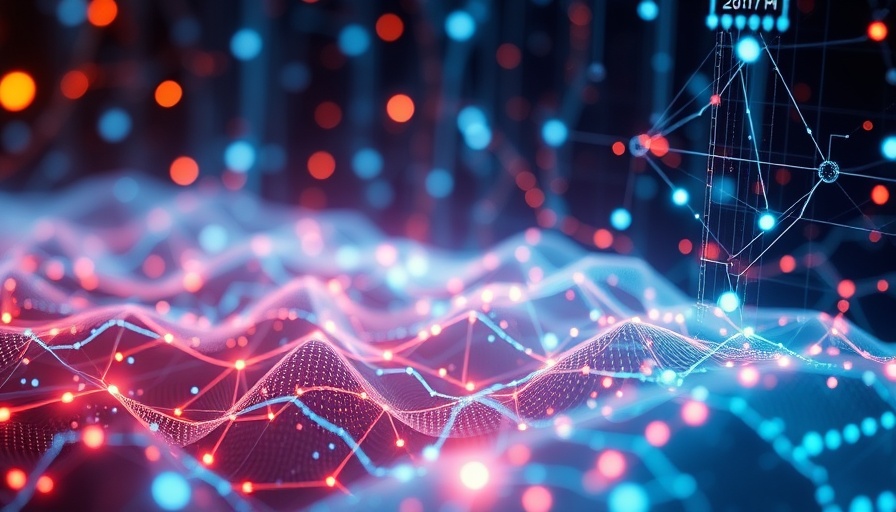
How AI is Shaping a Safer Future
The conversation around artificial intelligence (AI) is evolving. In today's world, AI is emerging as a key player in enhancing safety across various industries. From predictive analytics to automated monitoring systems, the potential for AI to prevent accidents and save lives is rapidly being recognized.
In Building a safer future with AI #ainews #nextgenai, the discussion highlights the transformative potential of artificial intelligence in enhancing safety, prompting us to delve deeper into its implications.
Understanding AI's Role
AI systems can analyze vast amounts of data far more efficiently than humans can. This ability allows them to predict possible safety hazards before they happen. For example, in manufacturing, AI can monitor equipment conditions in real-time to prevent malfunctions that could lead to accidents, thereby ensuring a safer work environment.
The Future of AI in Safety
As we look forward, AI is predicted to become even more integrated into our safety protocols. Industries are exploring new technologies such as drones for surveillance and disaster response and AI-driven systems for emergency services. These innovations not only improve response times but also enhance overall safety for communities.
Engaging with Multiple Perspectives
However, the use of AI also raises questions of privacy and ethics. With more monitoring comes the risk of overreach, which could lead to public distrust. It's essential for developers and policymakers to engage with various stakeholders, ensuring technology serves the public good while maintaining public trust.
In conclusion, AI holds outstanding potential to build a safer future. From industries bolstering their safety protocols to communities improving their emergency responses, the integration of AI can revolutionize how safety is approached. As we embrace these advancements, a balance must be struck between innovation and ethics to create trust in these new technologies.
 Add Row
Add Row  Add
Add 




Write A Comment